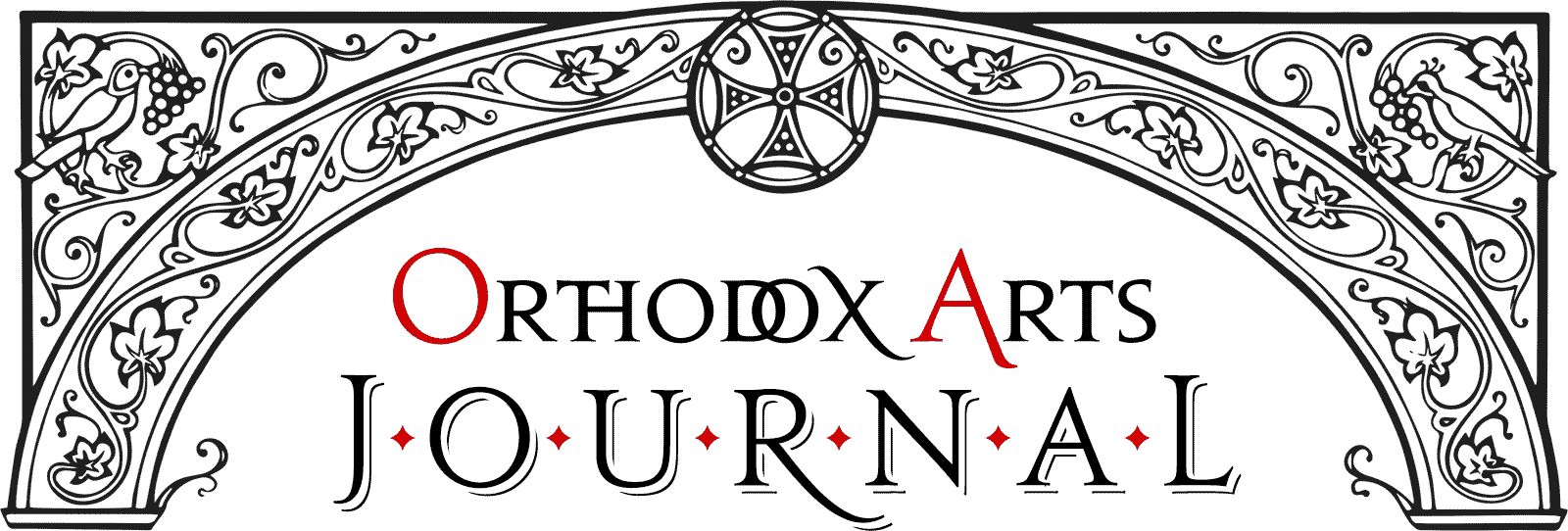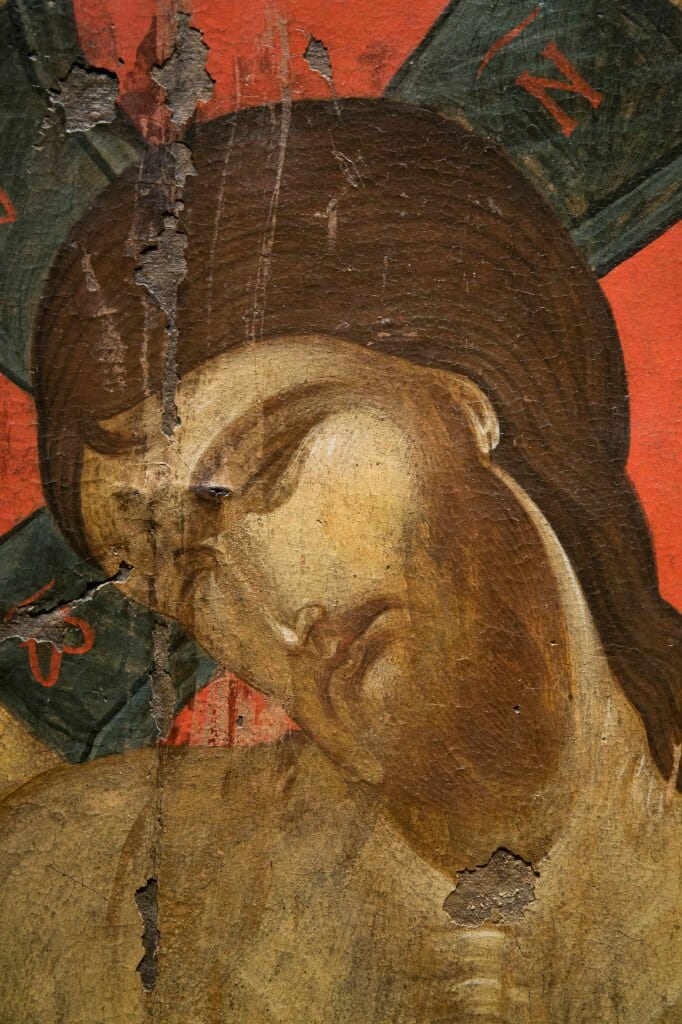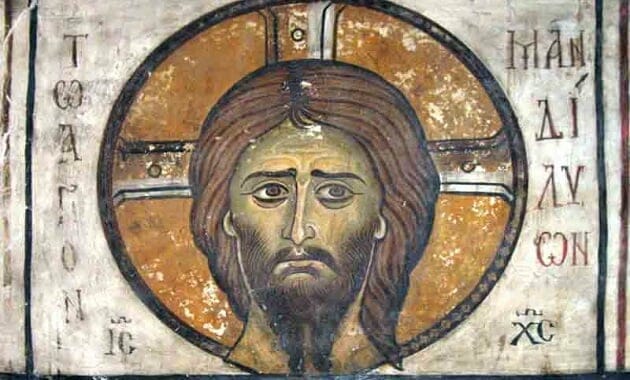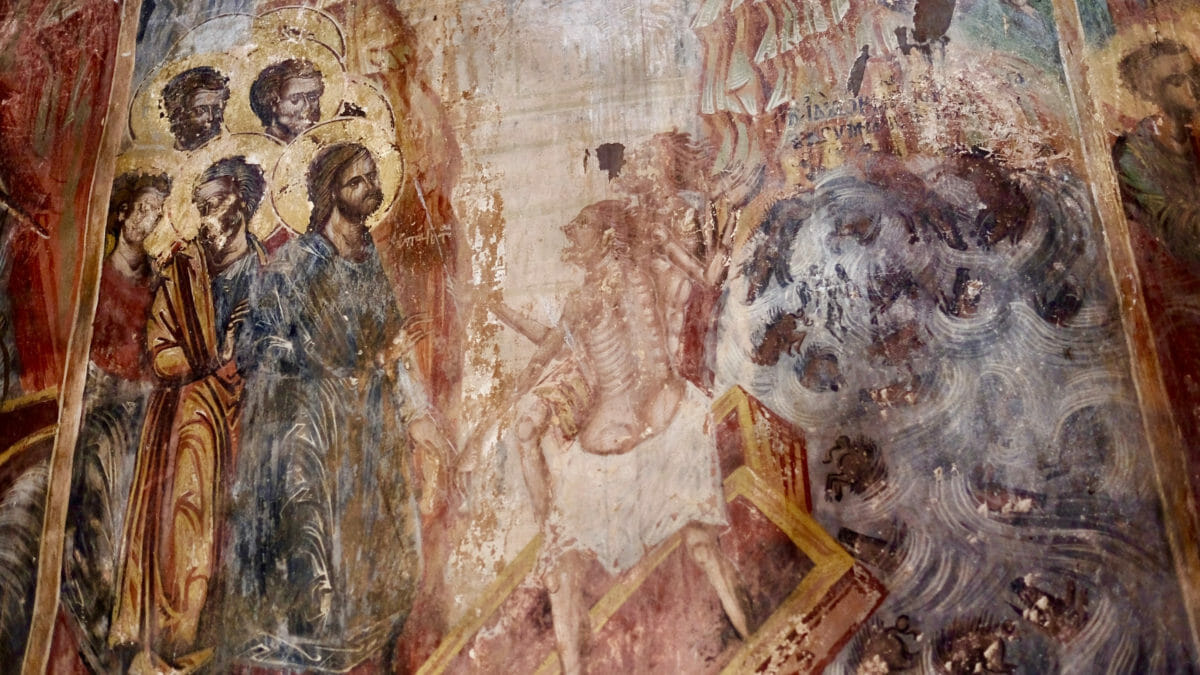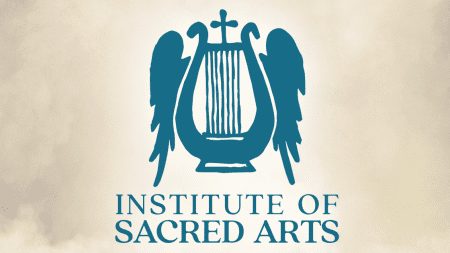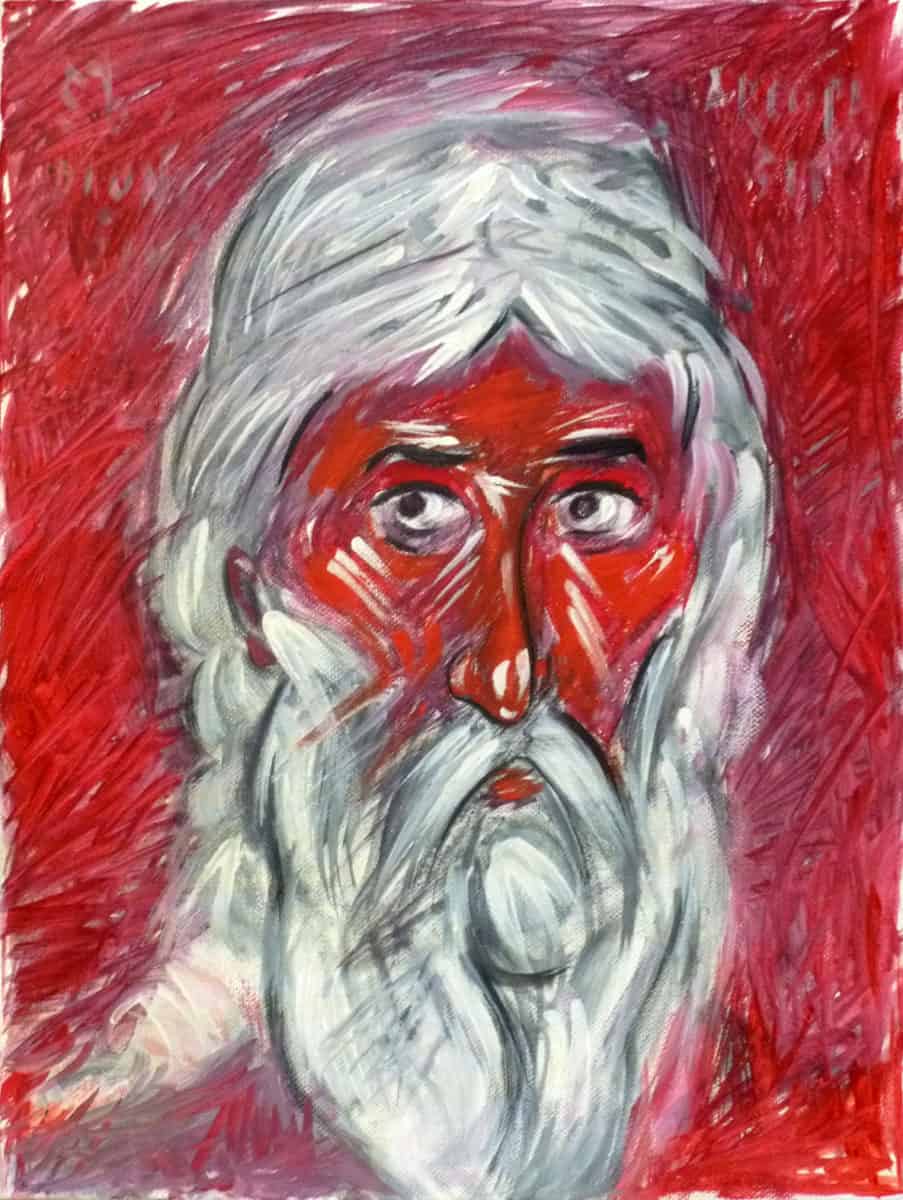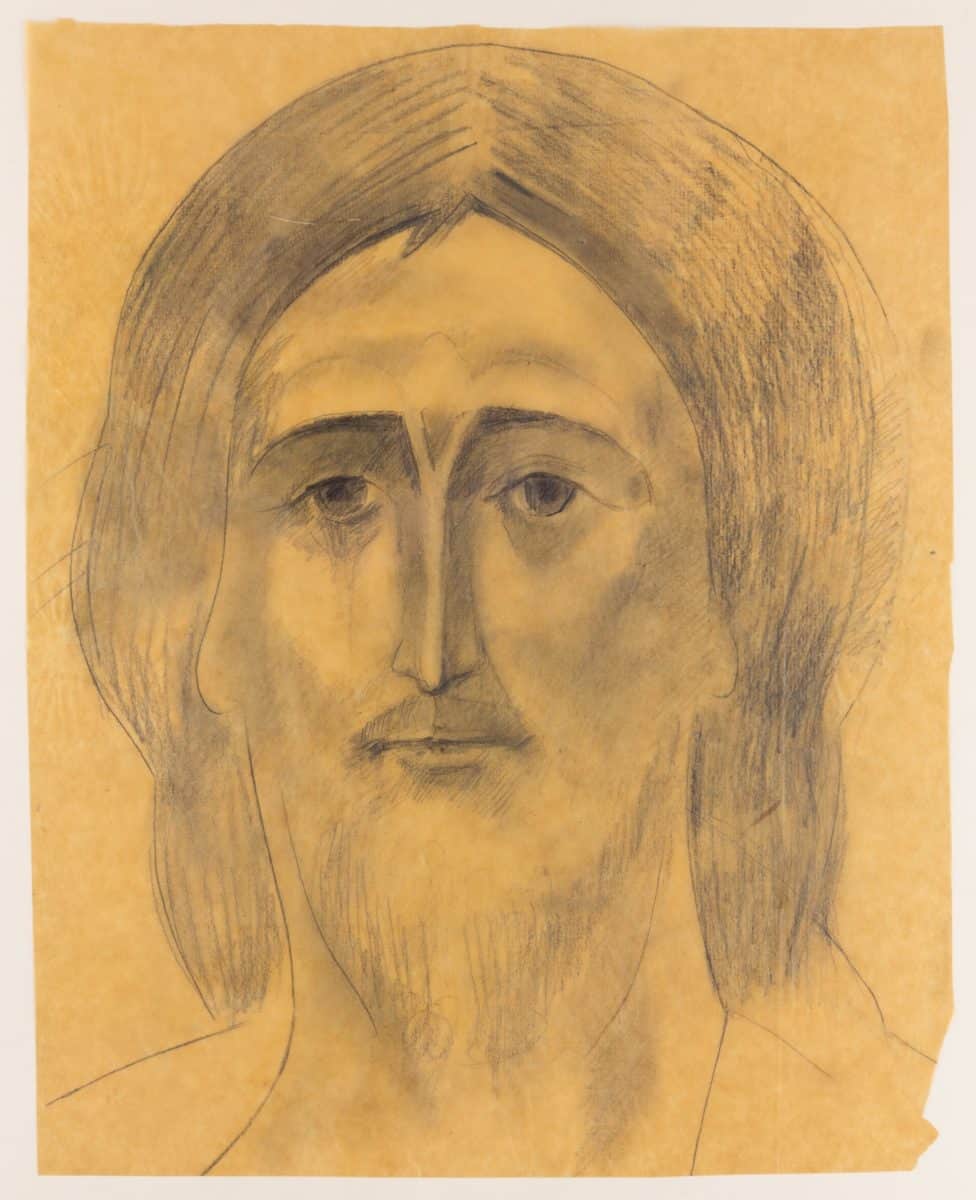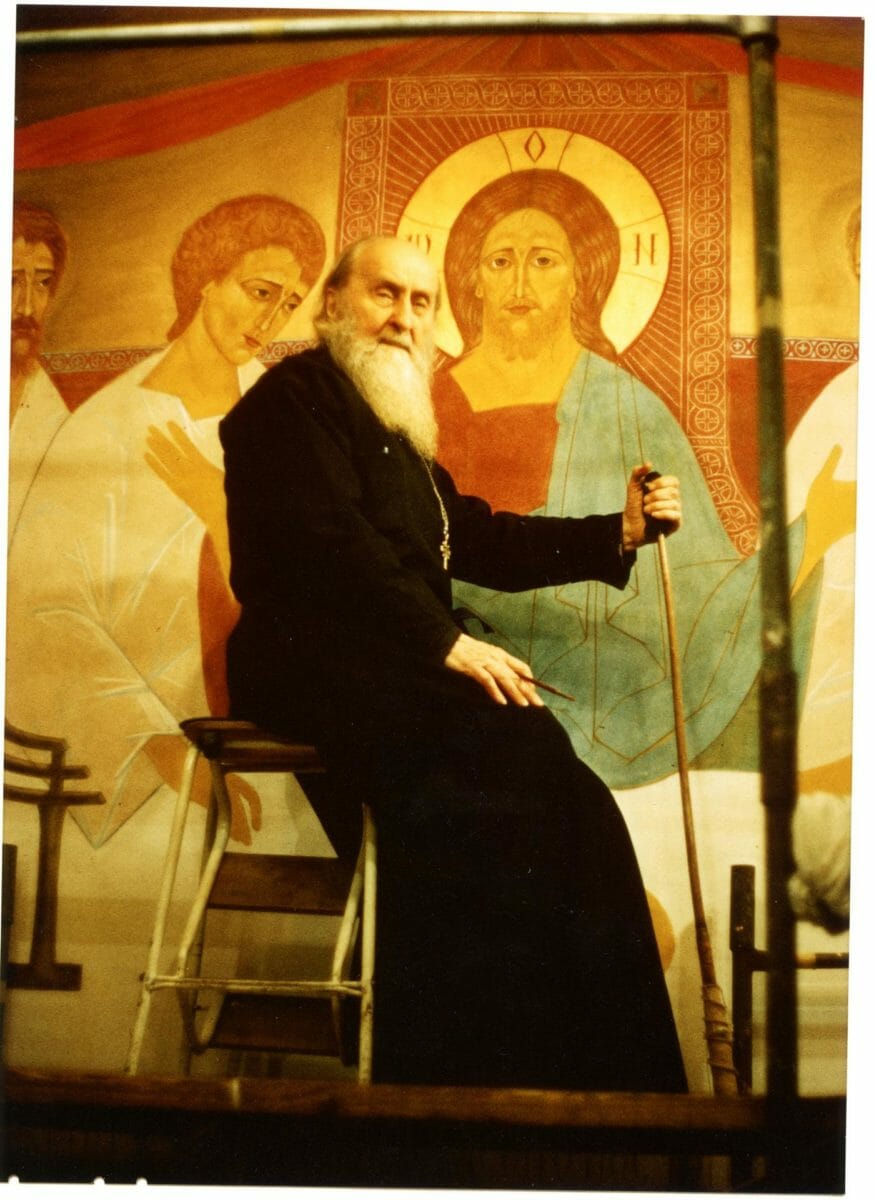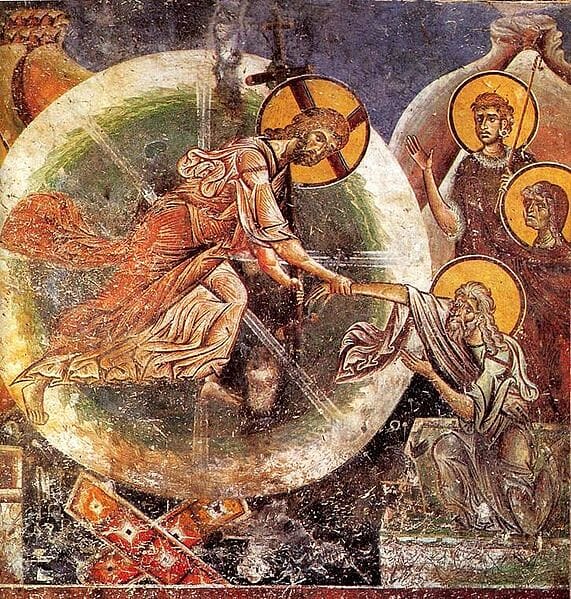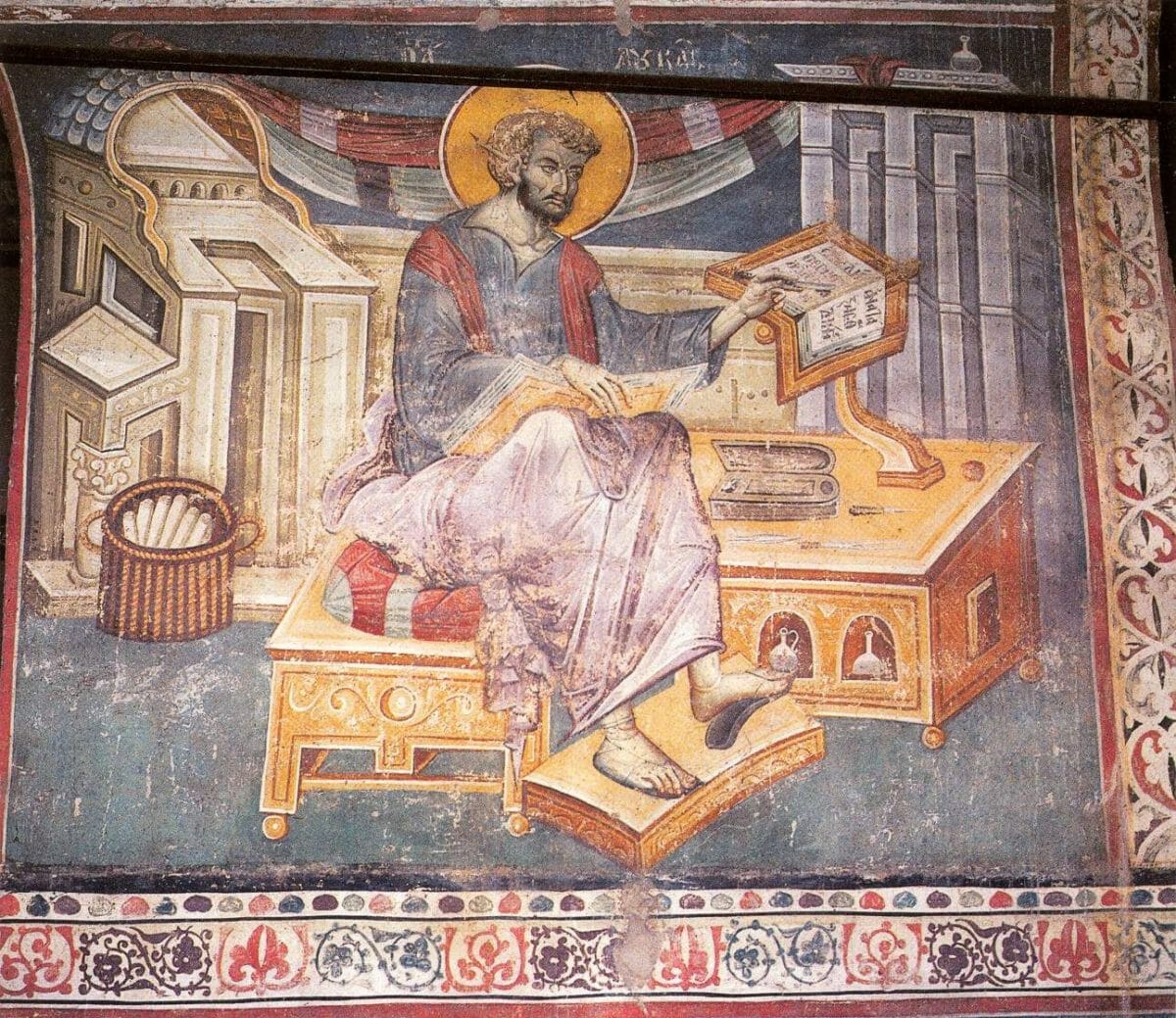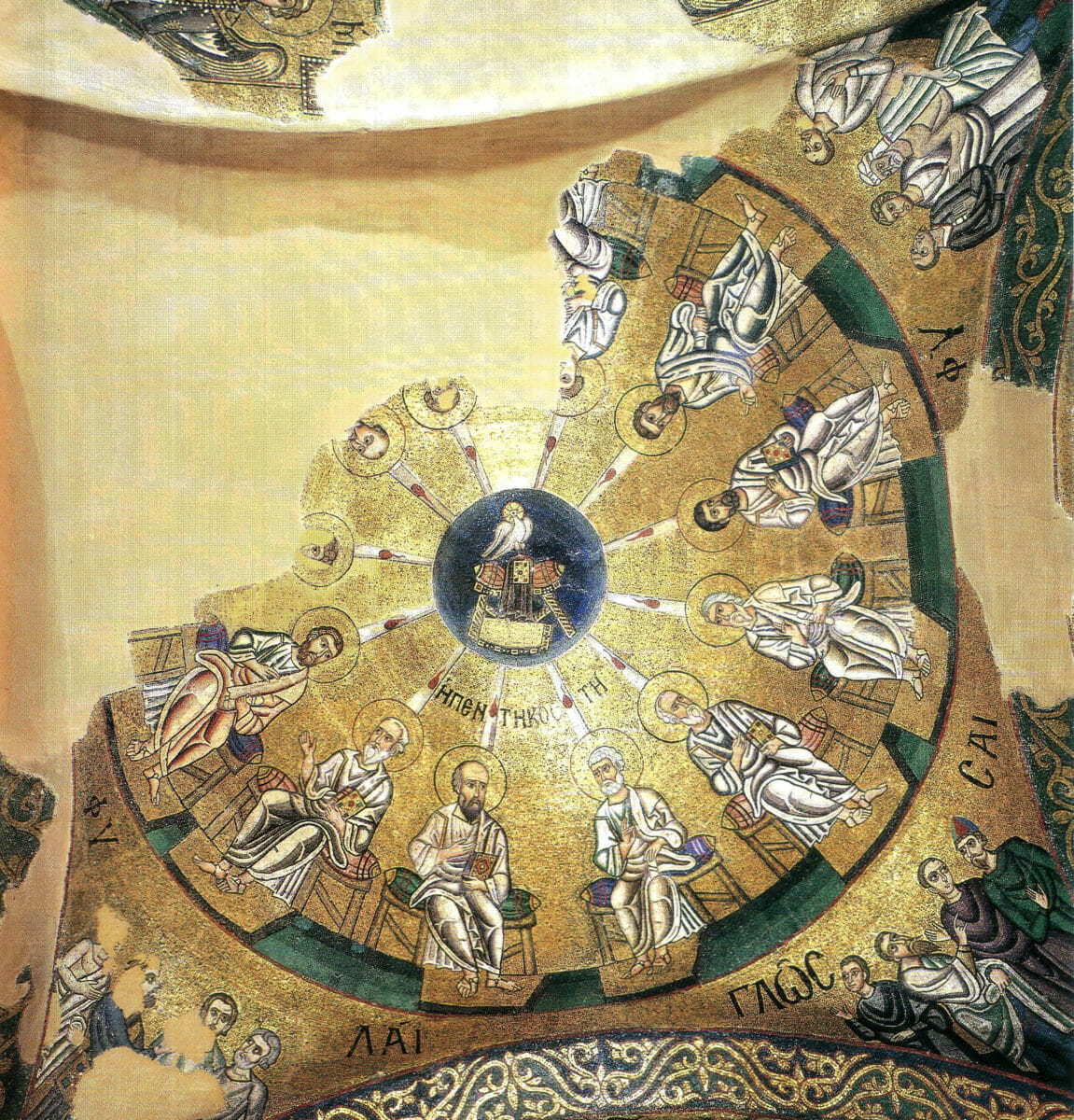Posts Tagged ‘Tradition’
Icon Painting as Participation: Interview with Cornelia Tsakiridou…Part II
In Tradition and Transformation…Gadamer’s “horizon” helped me think in terms of a “communion of icons” (koinonia eikonon) or to think of icons as living these interpenetrating lives across time. Think, for example, of all the variants of the King of Glory/Akra Tapeinosis since the type first appeared in the 12th century. Each one carries…
Continue reading »Icon Painting as Participation: Interview with Cornelia Tsakiridou…Pt. I
Editorial Note: It was in 2014 that I first came across the work of Cornelia A. Tsakiridou, a year after the publication of her major contribution to the current discourse on icon painting, Icons in Time, Persons in Eternity (Ashgate, 2013). It was quite an unexpected treasure to find at the time. Challenging indeed—breaking the…
Continue reading »Lecture: The Neptic Icon and Orthodox Tradition
I am delighted to announce that Professor Cornelia Tsakiridou, author of several exceptional books on the holy icon, will be giving a special lecture on the evening of Tuesday 14th March 2023 at the Hellenic Centre in London, UK. The lecture is organised by The Prince’s Foundation, School of Traditional Arts and generously made possible…
Continue reading »Institute of Sacred Arts hosts academic round-table on “Tradition and Innovation in the Arts of the Orthodox Church”
The Institute of Sacred Arts (ISA) at St. Vladimir’s Orthodox Theological Seminary (SVS) is currently privileged to have Dr. George Kordis as its inaugural artist in residence for the Spring of this academic year. On Thursday, March 17, a group of distinguished scholars gathered around him at St. Vladimir’s Seminary for an academic round-table…
Continue reading »Every Human Being is a Creator: An Interview with Davor Džalto
Dr. Davor Džalto is professor of Religion, Art and Democracy at Saint Ignatios College in Sweden. His research focuses primarily on the exploration of human freedom and creativity, as metaphysical, political, as well as aesthetic concepts. All of these concerns come together in his book, The Human Work of Art: A Theological Appraisal of Creativity and…
Continue reading »Painting as Prayer, The Art of A. Sophrony Sakharov
Editorial note: This is the third part of a series on the artistic path and iconographic legacy of Saint Sophrony the Athonite (1896-1993) as seen through a collection of monographs written by Sister Gabriela, a member of his monastic community in Essex, England. The previous articles, Seeking Perfection in the World of Art can be…
Continue reading »‘Being’, The Art and Life of Father Sophrony
Archimandrite Sophrony, painting Christ at the Last Supper, early 1980s, the Monastery of St John the Baptist, Refectory.[1] Image: ©The Stavropegic Monastery of Saint John the Baptist, Essex. Editorial note: This is the second part of a series on the artistic path and iconographic legacy of Saint Sophrony (Sakharov) as seen through a collection…
Continue reading »Canon: Time for a Paradigm Shift…Part IV
How to Conceive a Paradigm Shift? In the end, of course, we cannot naïvely expect that this change of paradigm can be imposed by some “official directive.” As the “chair and apple” example shows, such change happens neither easily nor suddenly. The need for change can be voiced, or even generated by an individual,…
Continue reading »Canon: Time for a Paradigm Shift…Part III
On the Need for the New Paradigm First, the suggested shift in paradigm is not just playing with words, nor is it merely for amusement or for increasing our vocabulary. Neither are we following some fashionable intellectual trend. From the conventional meaning of the term paradigm, I would emphasize its ‘active’ semantic aspects. These suppose…
Continue reading »Canon: Time for a Paradigm Shift…Part II
Are There Rules and Where to Find Them? However, how can we discuss the concept of a list of icon-painting rules if there is the slightest possibility that it might be imaginary? First, let us recall that imaginary entities can define our behavior just as much as physically existing ones. Let us…
Continue reading »